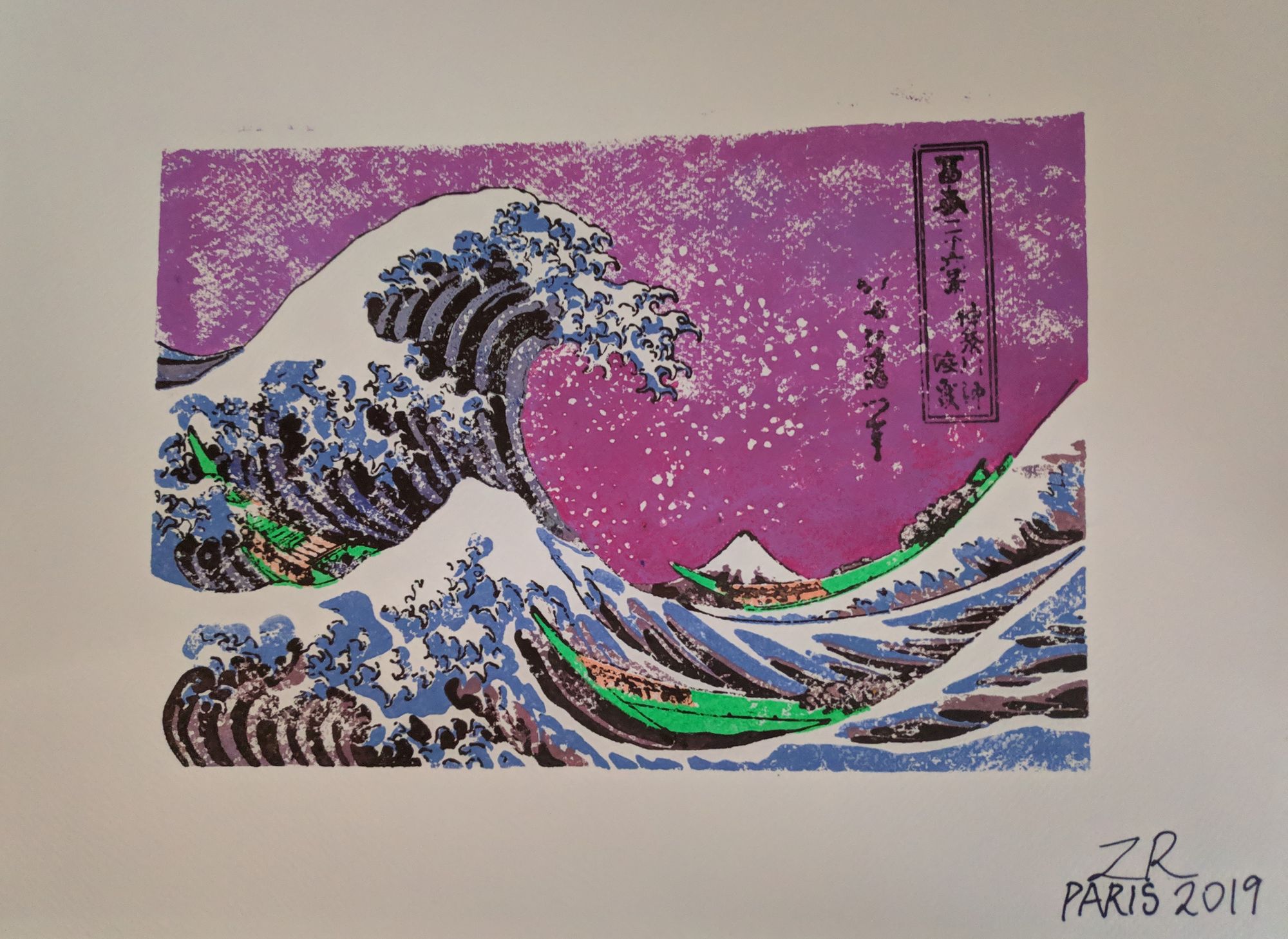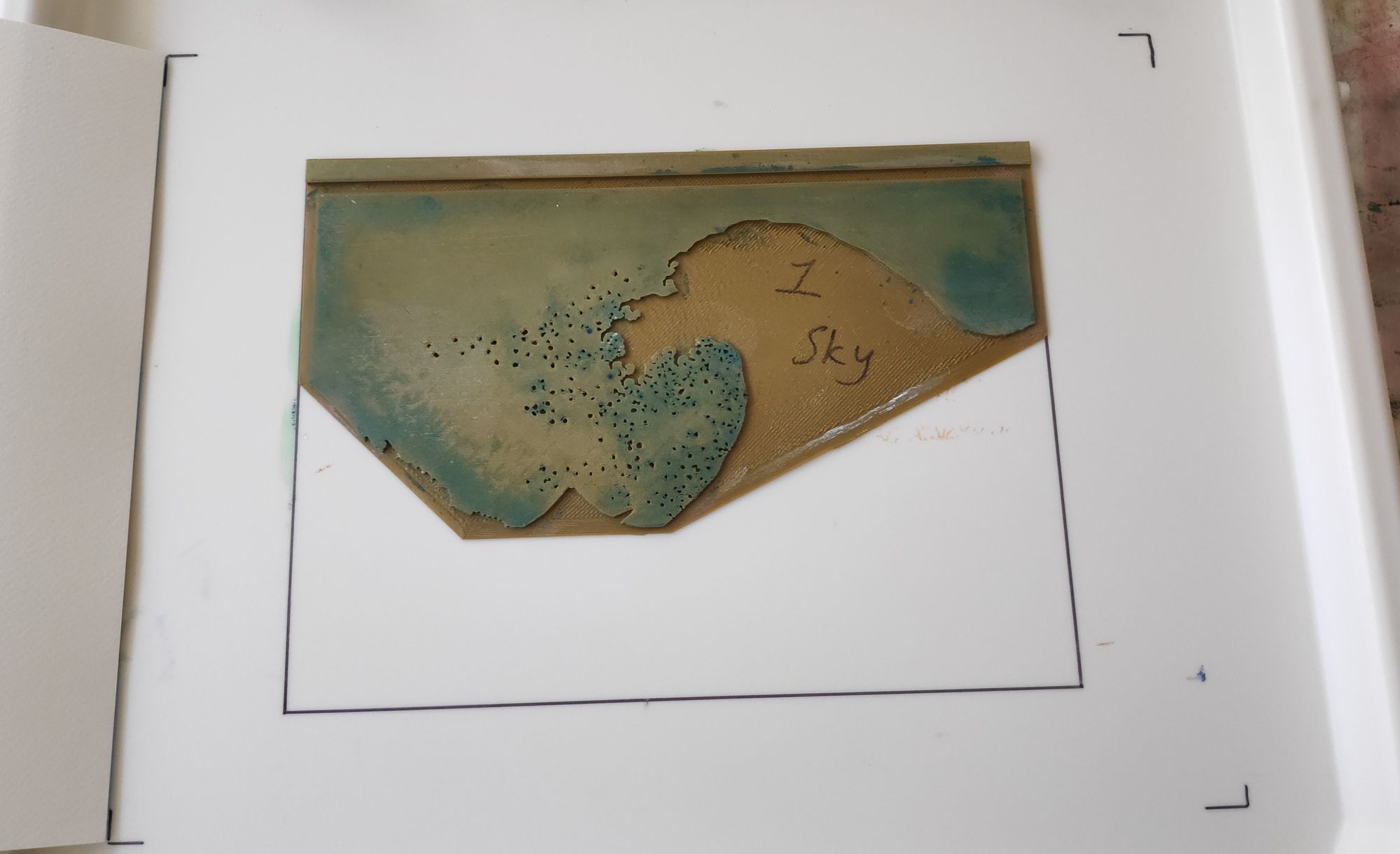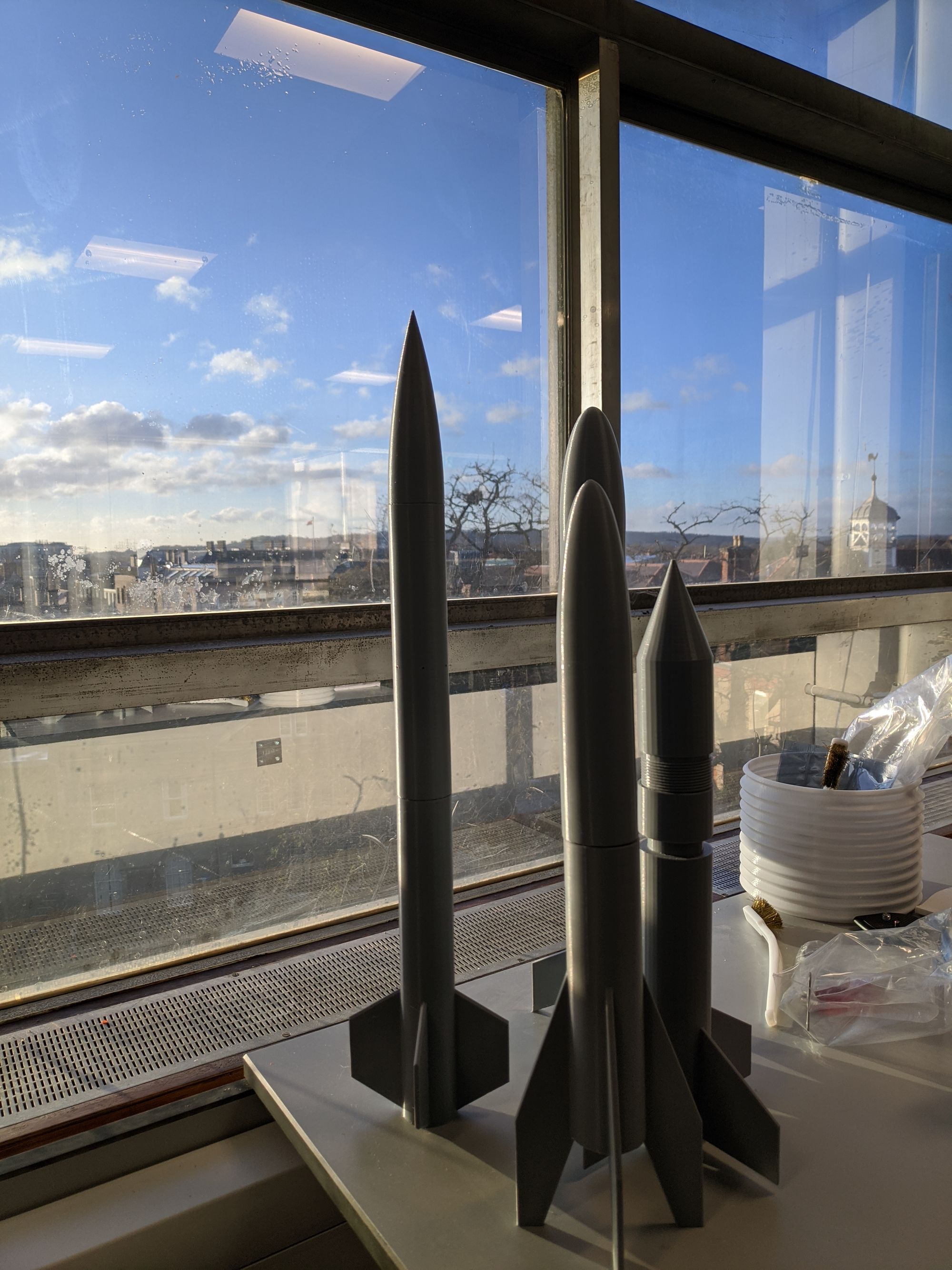TLDR: Traditionally 'creative' = Divergent Thinking, Traditionally STEM = Convergent Thinking.
Integrate both divergent thinking and convergent thinking for a balanced life (in so far as thinking is concerned).
Contents:
- Creative calling
- Movie Industry
- Materials Science
- Inspired!
1. Creative Calling
Many of those I have spoken to studying STEM subjects seem to have a creative calling. For some, it is drawing, coding games, making musicals, making Tik Toks etc.
Working on scientific problems requires tremendous amounts of creativity. However, it is of a different sort. In solving problems, typically a convergent based thinking. By eliminating different ideas based on intuition and logical reasoning the final answer reached is clearly motivated. In the traditionally 'creative' pursuits, a divergent form of thinking is utilised. Possibilities are explored, different brush strokes, colours and ideas are merged together. The palette grows exponentially with each marriage.
2. Movie Industry
For those in the science-fiction movie industry, they merge their storytelling ideas with physics concepts arriving at unique experiences for the moviegoer. Merging the multiverse with superhereos is not an uncommon sight anymore as The Flash and Rick and Morty have explored it before. However, the execution of it, as in Spiderman No Way Home where three distinct interpretations meet, required balancing the tone of the different universes.
The use of science and technology in this movie felt 'realistic' as it built on previously introduced concepts such as the fabricator (Stark Industries) and mirror dimension (Doctor Strange). In many cases, I find the overuse of quantum for every new piece of technology/unexplained plot device rather infuriating - the Arrowverse is especially guilty of this! However, it was much more appreciated in this movie when the quantum mechanical nature of some technologies or concepts was implied rather than explicitly stated. It felt more natural as if the characters were already science enthusiasts/students themselves, indicating the attention to detail Marvel invests in its stories.
3. Materials Science
Integrating divergent thinking to materials science took a bit of exploration. As the field is quite interdisciplinary, it allows for the merging of multiple areas that others have not exhaustively explored.
Neri Oxman
In season 2 episode 2 of Abstract: The Art of Design by Netflix, Neri Oxman is introduced as working at the intersection of technology and biology as an architect and designer.
She creates sculptures and art inspired by nature i.e leaves or bees.

The Mediated Matter Group described it as “derived from organic matter, printed by a robot, and shaped by water, Aguahoja points towards a future where the grown and the made unite. It embodies the Material Ecology design approach to material formation and decay by design, as well as the realization of the ancient biblical verse ‘from dust to dust’―from water to water.”

This chair is composed of 2 CNC milled halves glued together and 3D printed skin for acoustical properties that amplify or damp certain frequencies. The wave like wood structure immediately conveys the feeling of relaxation and the skin layer looks almost psychedelic. Combined they create an environment perfect for rest despite the pebble arrangement on the skin layer looking extremely uncomfortable! Seeing these designs, we cannot help but wonder what will be commonplace in the future.
Eric Mesplé
Ferrofluids were originally developed by Stephen Papell at the now NASA Glenn Research Center for rocket fuel. Now, it is used by Eric Mesplé to make sculptures that interact with viewers by mirroring their movements. Really brings to mind symbiotes as in Sony's Venom! With any new material, the possibilities are endless and it requires divergent thinking to make the most of it. I could see a similar material used to repair any holes on a structure during flight by being directed by a magnetic field and then induced (i.e heated) to cure or solidify.
Charles Stark Draper

The founder of the Draper Labs was an avid ballroom dancer. When he wasn't designing navigations systems for the Apollo program, he was winning ballroom dancing awards which are currently stored at the Smithsonian. At the height of the program, he would slip away and drive to different cities for competitions. I speculate that the art of dancing was vital to his character and work as a release but also a rejuvenation of trust for his divergent thinking. Any bio, article or book I could find of him always mentioned his love for ballroom dancing in a similar way to what bongo playing was to Richard Feynmann. We all love scientists and engineers that have a soulful side to them.
Bram Tan
My greatest experience integrating 'STEM' with art was during my experience in Paris with a designer Bram Tan (a mind like no other) where learning how to create art from 3D printed PLA base plates.
He reinvented painting!

The colours were applied to paper by rolling paint on a 3D printed base plate then placing the paper on it.

Ukiyo-e is a genre of Japanese art that flourished between the 17th - 19th century which involved woodblock prints. Lots of effort went into designing the base plates and sanding them down to get the right finish. See bramtan.com for his other works.
4. Inspired!
Many of these artists, designers, scientists and engineers have inspired me to continue thinking up ideas and researching possibilities. The superheroes science and technology research journal is a great place where people think up how actual science can make what happens in superhero movies possible.

On the rocketry side, I have recently 3D printed rockets as part of the rocketry society, exploring different designs that have different aerodynamics properties which can still be 3D printed.

For Hillary term 2022, I hope to further explore what can be done by 3D printed, casted or simulated! Keep a look out here for more marriages of STEM areas with the arts!







